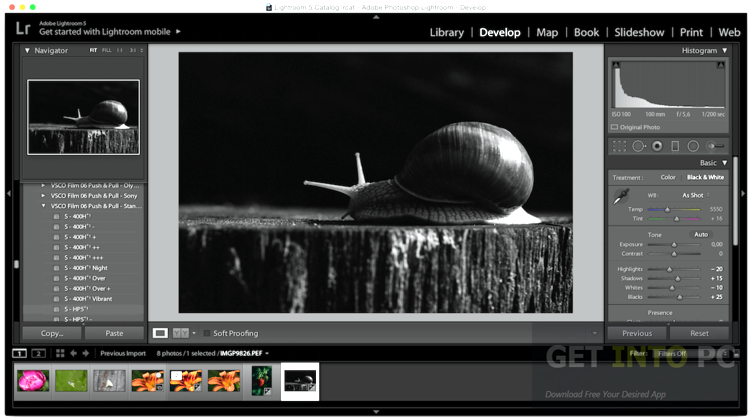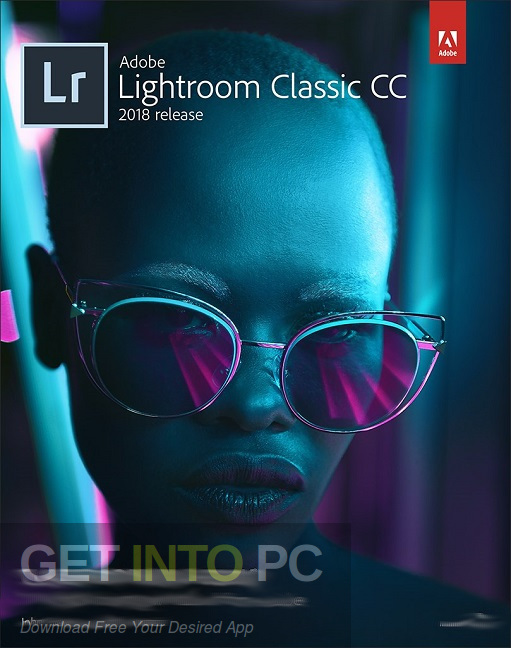

While one major difference between Lightroom and Photoshop is that Lightroom’s editing capabilities are nowhere near as comprehensive, the program was designed primarily for managing a large number of images. It doesn’t offer the same comprehensive selection of photo editing features that Photoshop can, but it does include the essential image manipulation tools that most photographers will be looking for. Complete flexibility with many capabilitiesĪdobe Lightroom is a photo editor that also helps you manage and organize your images.To help, the Adobe website has an extensive selection of Photoshop tutorials. Just the sheer number of Photoshop tools and options can be overwhelming at first. For one, if you’ve never used Photoshop before, it will take you some time to get used to it. That’s because it is second-to-none in terms of giving you complete control over editing your photos.īut all that functionality isn’t without its downsides. Besides photo editing, it’s now used for everything from creating and editing illustrations and 3D artwork, to designing websites and mobile apps.īut even after all the changes and additions, it is still far and away the number-one choice among photo editors. With new updates as well as the wide range of plugins released by both Apple and third parties, it is used for an impressive variety of applications.
#ADOBE LIGHTROOM AND PHOTOSHOP SOFTWARE#
Instead, it’s described as a complete software suite for imaging and graphic design. Since then, Photoshop’s functionality has expanded greatly.Īdobe’s website says that, with Photoshop, “if you can think it, you can make it.” It’s no longer just a photo editor. It quickly became the industry standard for image color editing.
#ADOBE LIGHTROOM AND PHOTOSHOP LICENSE#
But then Apple bought the license to distribute it they first released it in 1990. When the program was first created in 1988, it was just a simple photo editor that was distributed by an image scanner company as part of a bundle. The reason for that is it offers exceptional flexibility and advanced features.

Besides photographers, it is used by everyone from publishers and graphic designers to animators and architects. The Basics of PhotoshopĪdobe Photoshop is the go-to image editor for professionals across a variety of industries. So, to get started, here’s some background on each program. And the ability to use the industry’s most popular editing software is an important skill that employers look for. That’s important because mastering Photoshop and Lightroom is a great way to make your online design portfolio or online photography portfolio stand out from the rest. That means you’ll know which program is the better choice for any given situation! By the end of this guide, you’ll better understand where each program excels…and where they fall behind. To help, we’ve put together a breakdown of the differences between Lightroom and Photoshop. They can be used to perform many of the same photo editing tasks-but that doesn’t mean they are interchangeable.įor the uninitiated, it can be difficult to know which is the right program for a particular job. I could have done all these edits in just Photoshop, but I would have lost the ability to organise my shoot and apply global edits to several pictures from the same shoot at once.Lightroom and Photoshop are Adobe’s powerhouse programs for image editing and management. Here I retouched the skin, brightened the eyes, removed parts of the dress, toned down the lamp in the background and applied a bit of colour grading to bring the image colours into a better harmony. So, I exported the image into Photoshop for the finishing touches. However, in this case, I wanted to make the portrait look more professional, and, if I’m going to be honest, I should have had a reflector bouncing some light back into the face.

In a lot of cases, most people will stick with just the Lightroom edits. I have adjusted the contrast, colours and saturation of the picture. Here I made global adjustments to the portrait. Image 2 is the same image with just the Lightroom edits. This is the picture straight out of the camera with no edits. Image 1 below is the Raw file of a studio portrait.


 0 kommentar(er)
0 kommentar(er)
